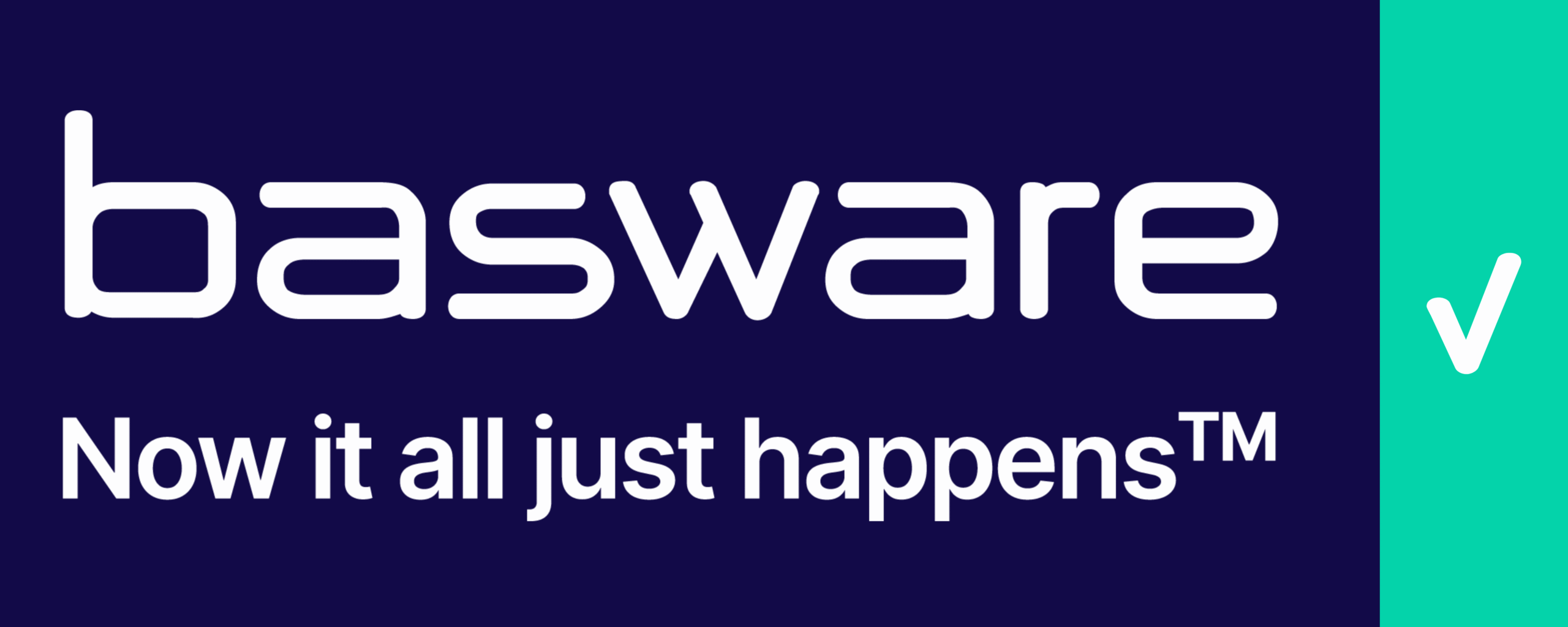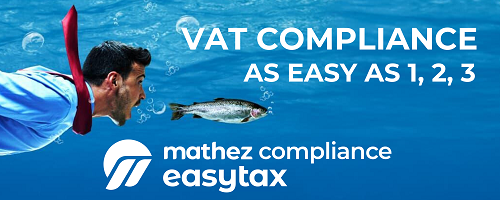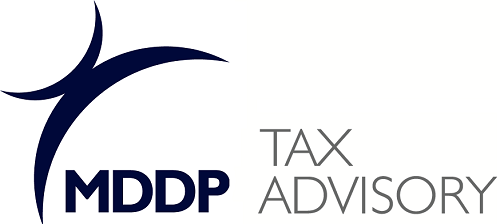- In 2026, Poland will require the use of the National e-Invoice System (KSeF), replacing traditional paper and PDF invoices with structured XML invoices.
- Each invoice will have a uniform data structure set by the Ministry of Finance, ensuring consistency and automation.
- Invoices outside the KSeF system must have a verification code, often a QR code.
- The official form of an invoice in KSeF is an XML file, with no single graphic representation.
- The XML file includes seller and buyer data, issue and sale dates, detailed item descriptions, VAT rates, and value summaries.
- Over 400 fields in the logical structure allow customization to taxpayer needs.
- Once submitted to KSeF, the invoice receives a unique KSeF ID and timestamp, marking it as issued and delivered.
- Most accounting systems can generate a readable preview of the invoice in a table format.
- A PDF visualization can be created for informational purposes but is not an official document.
Source: ksiegowosc.infor.pl
Note that this post was (partially) written with the help of AI. It is always useful to review the original source material, and where needed to obtain (local) advice from a specialist.
Latest Posts in "Poland"
- MP Calls for 0% VAT on Modern IT Donations to Schools, Not Just Outdated Equipment
- Transactions Exempt from KSeF E-Invoicing in 2026: New Regulation by Ministry of Finance
- Legal Consequences of Receiving Structured Invoices Issued in KSeF Under Article 106gb VAT Act
- KSeF Implementation: Updating Accounting Policies and Internal Procedures for Compliance and Business Continuity
- Faster VAT Refunds with KSeF: Relief for Firms, More Pressure for Accountants















